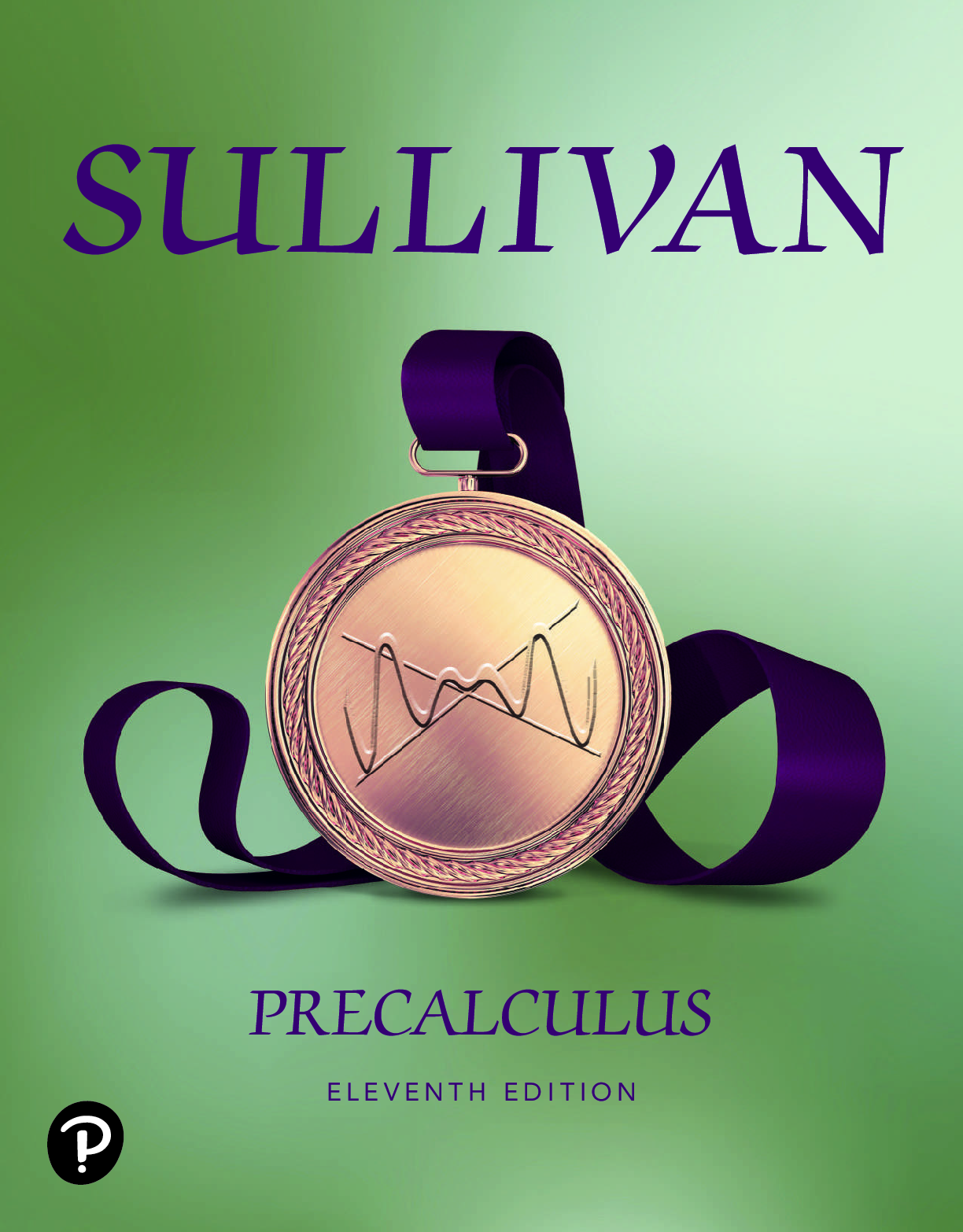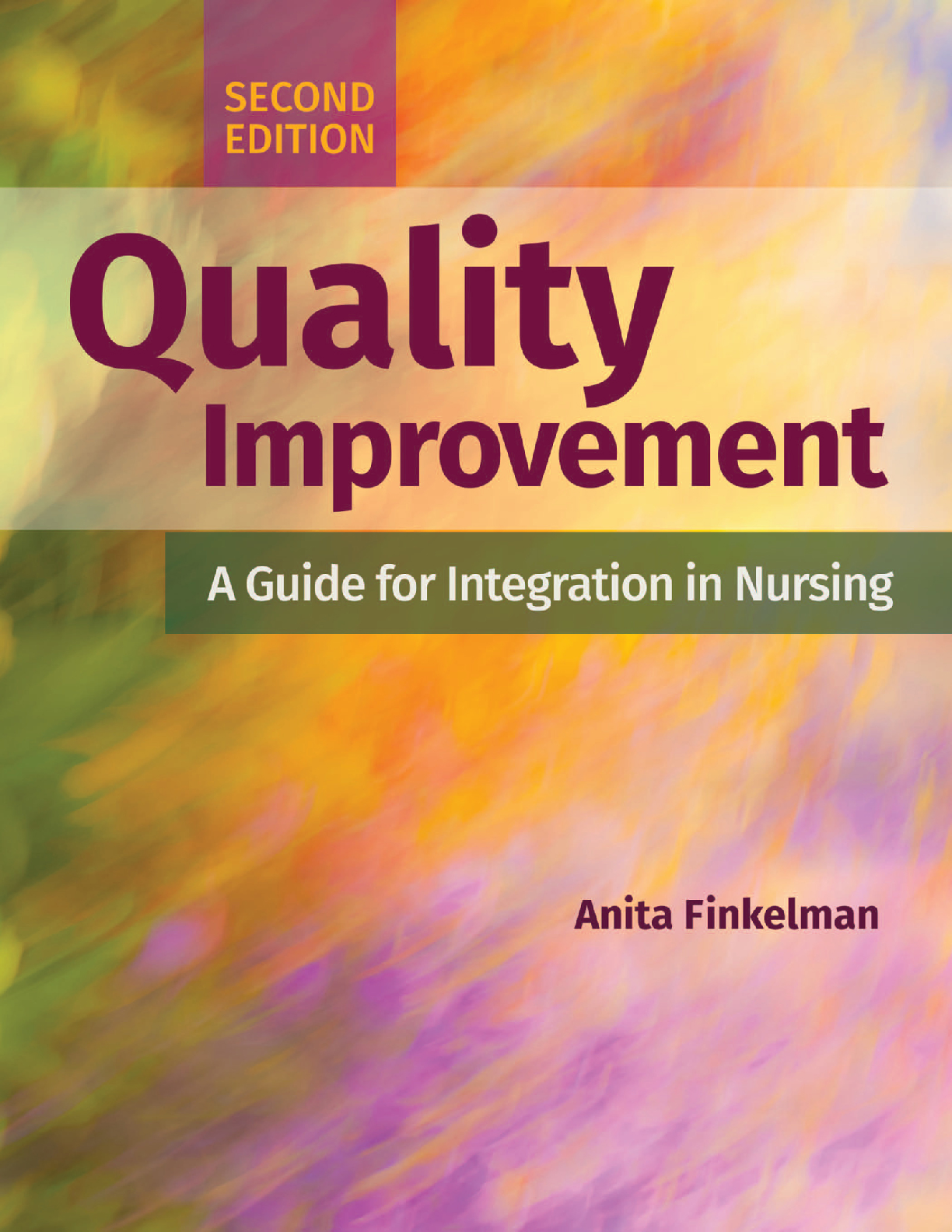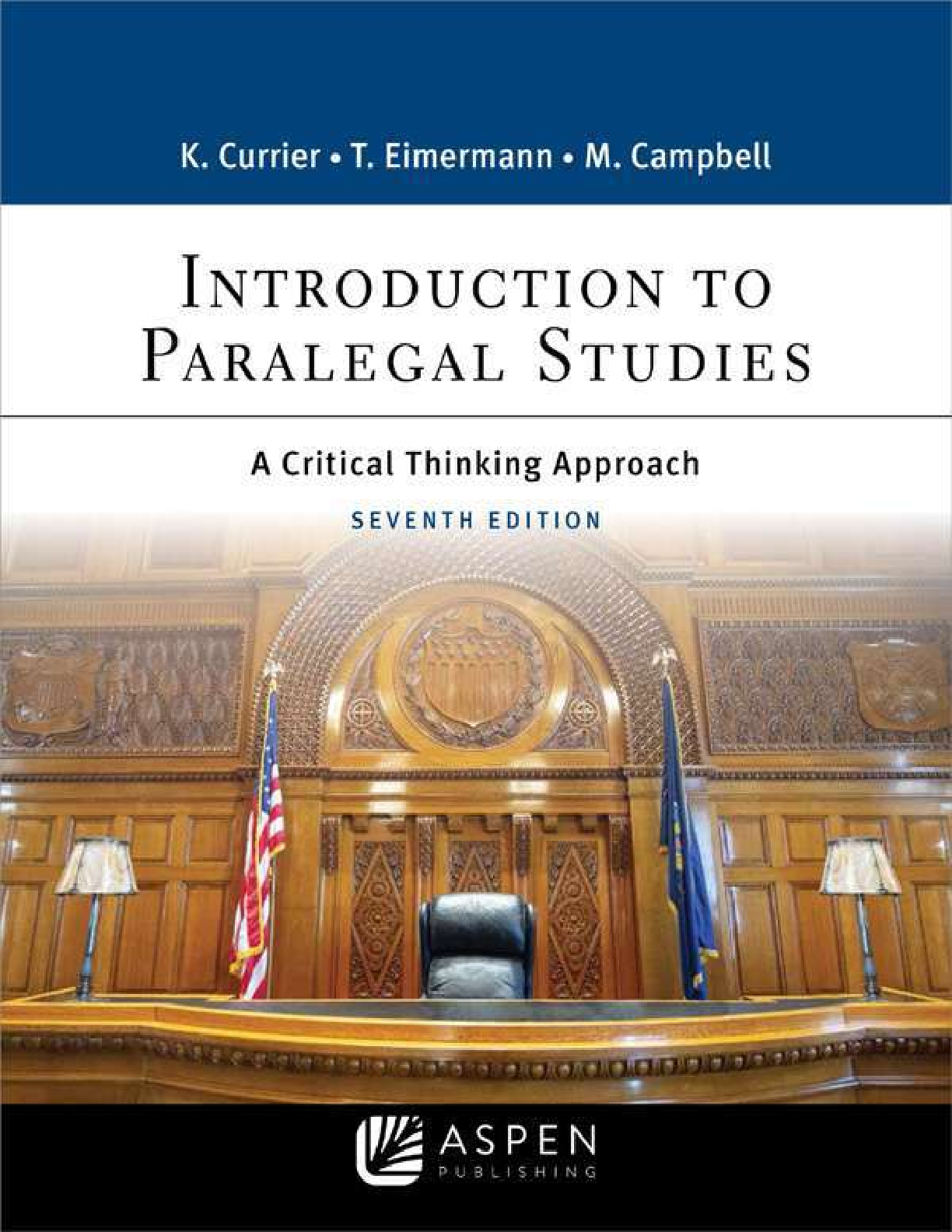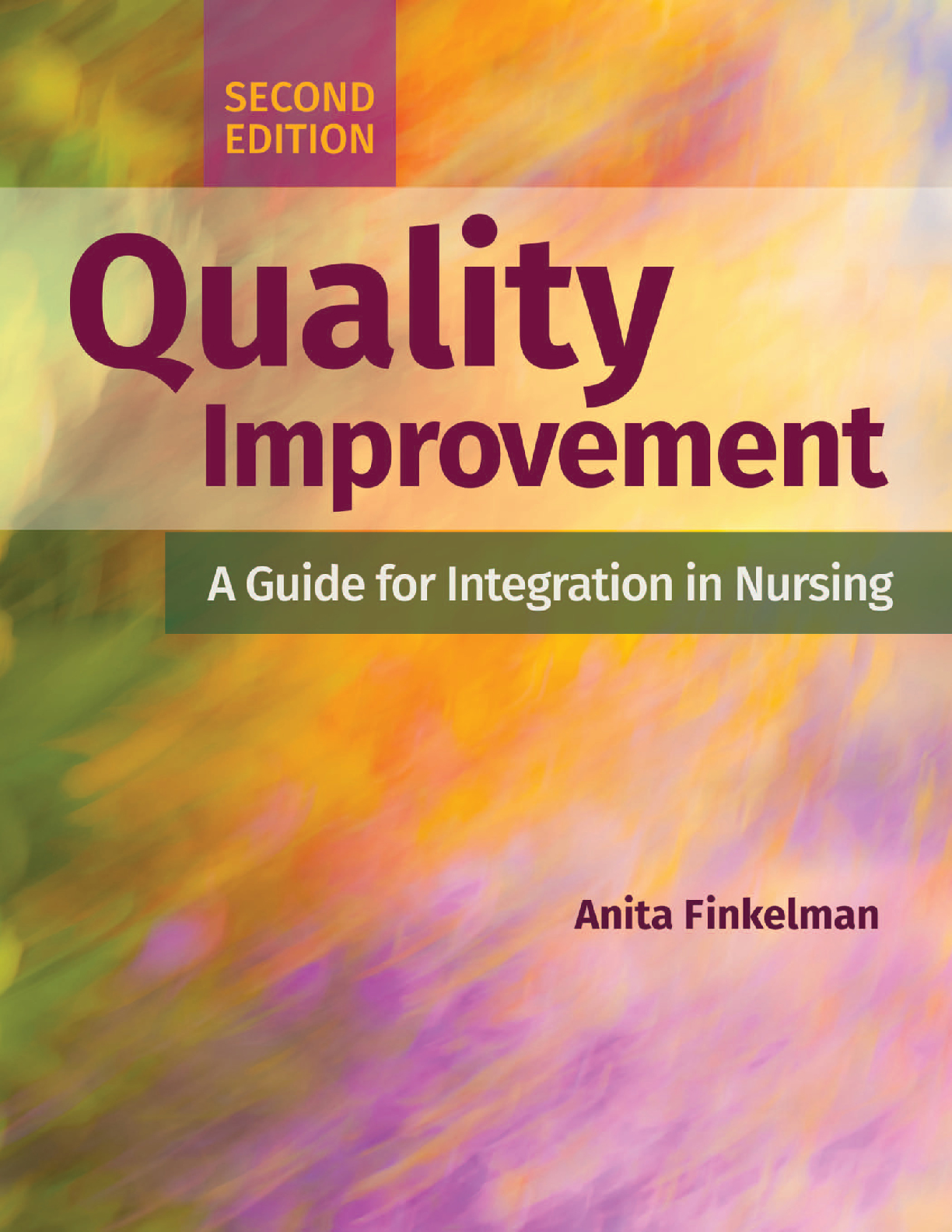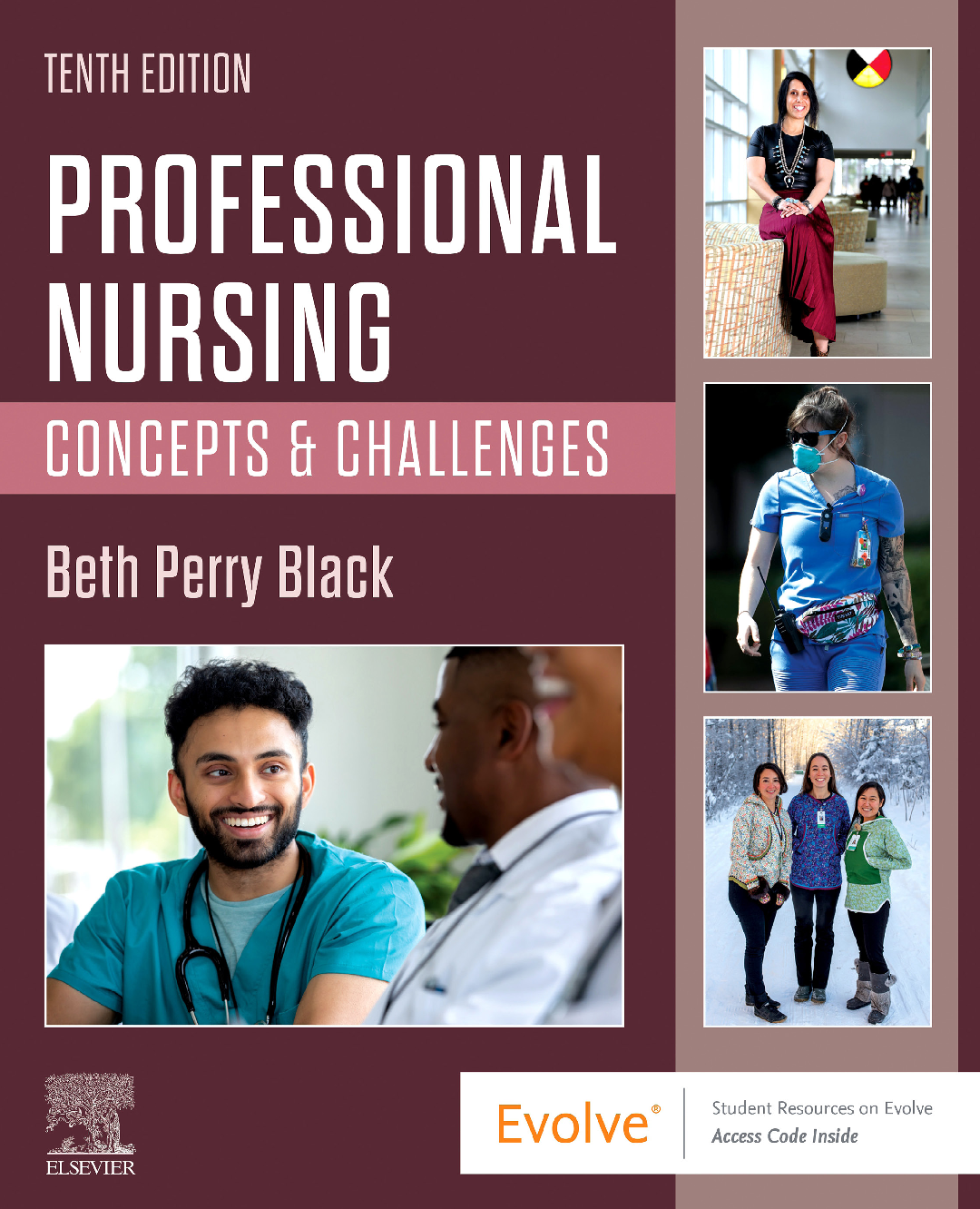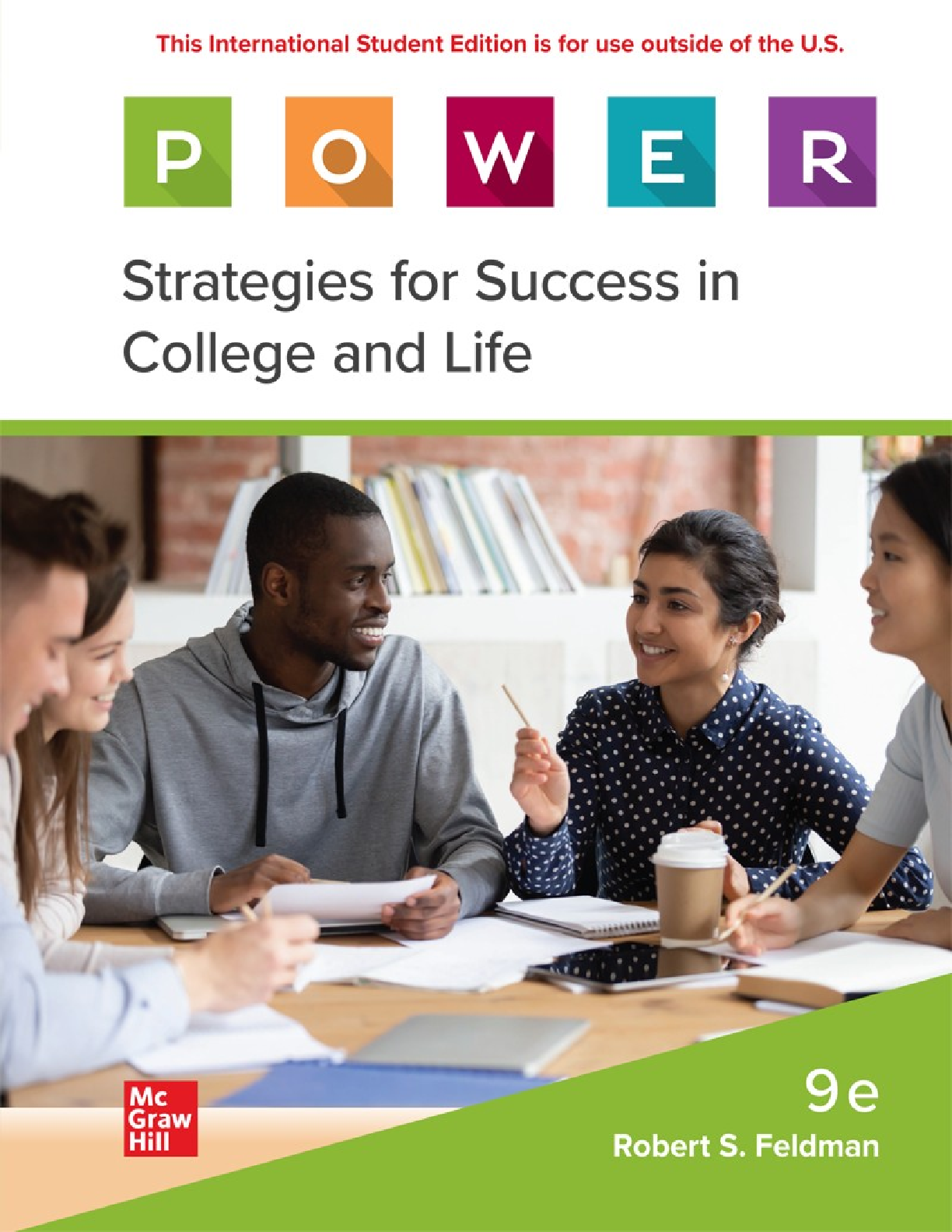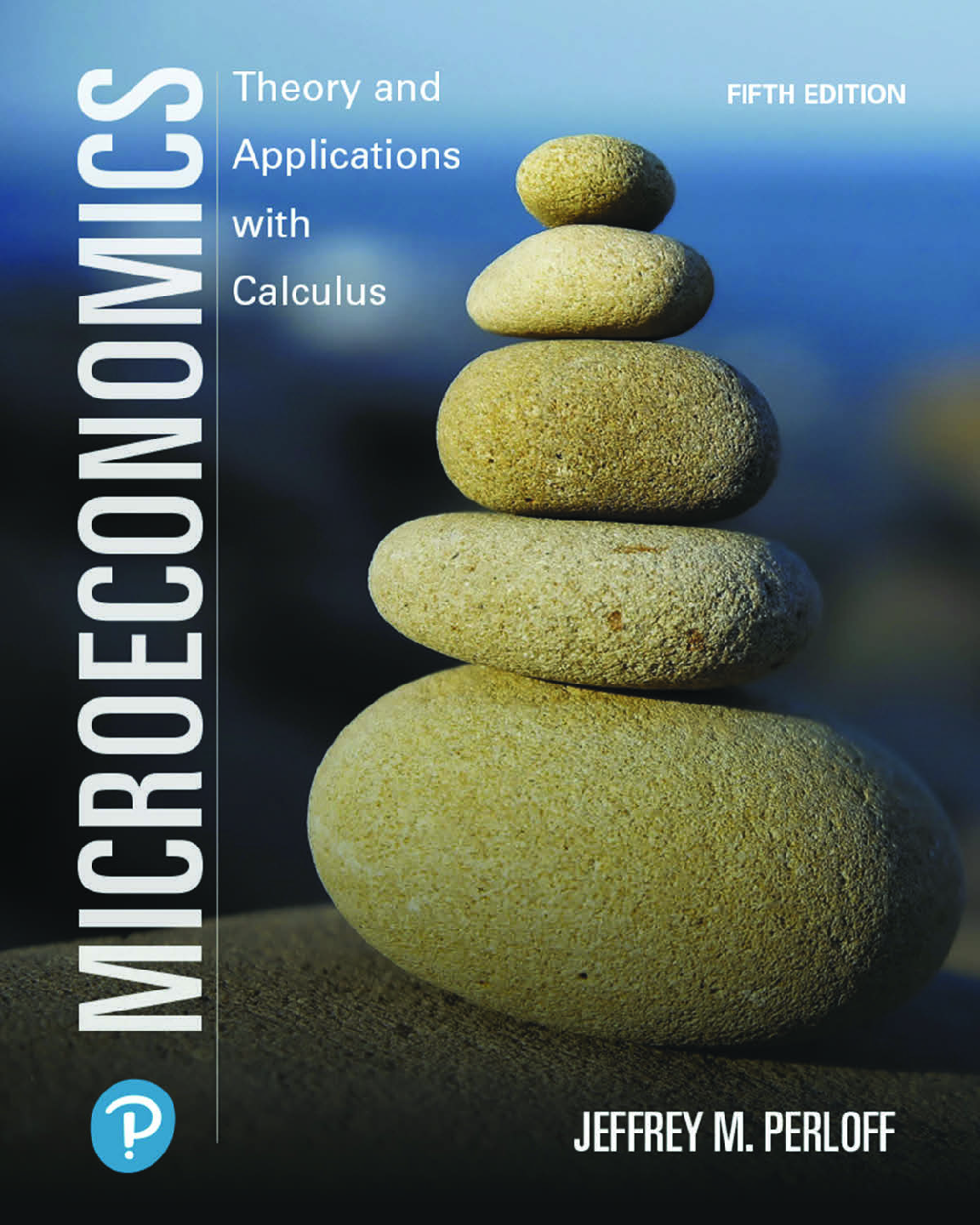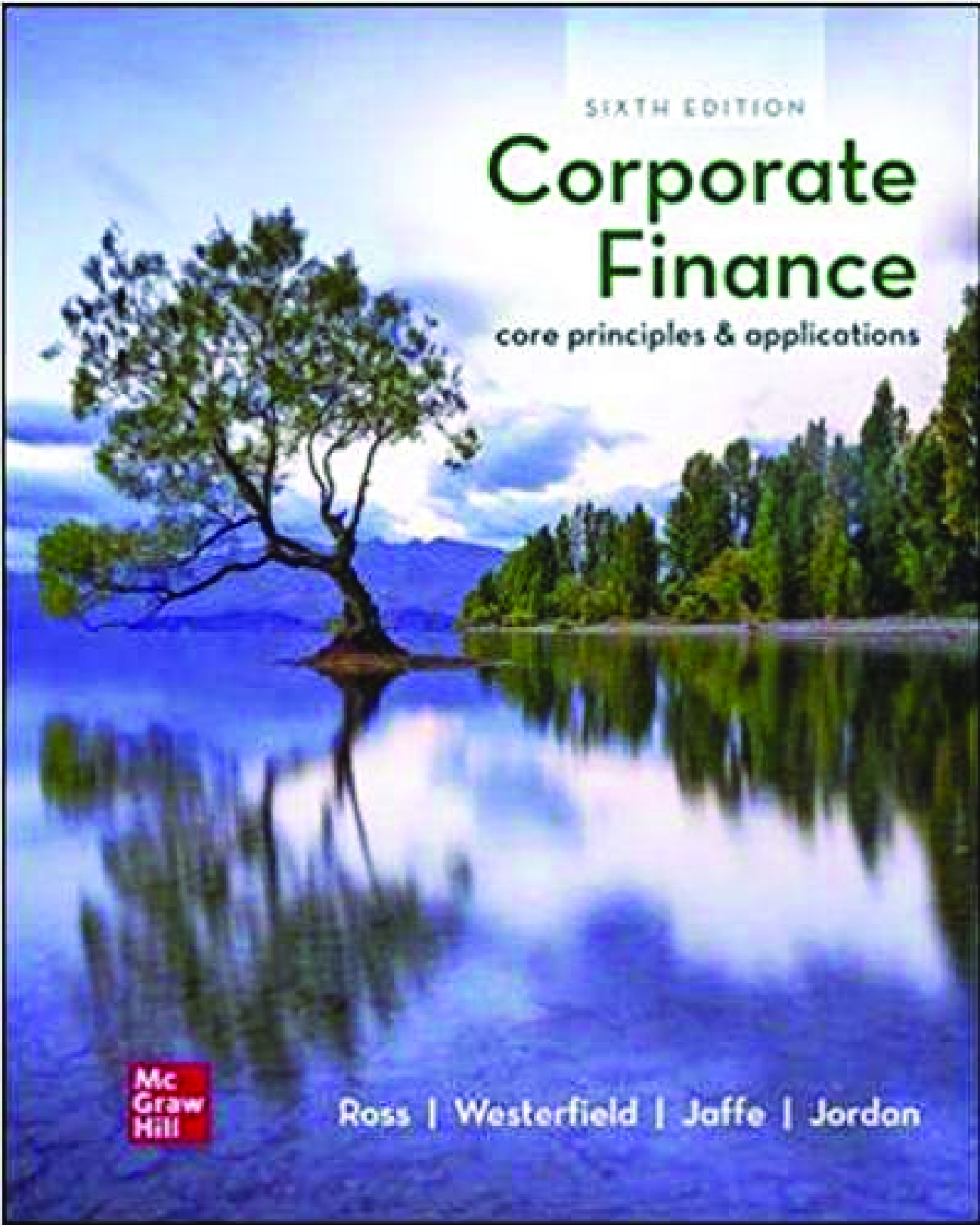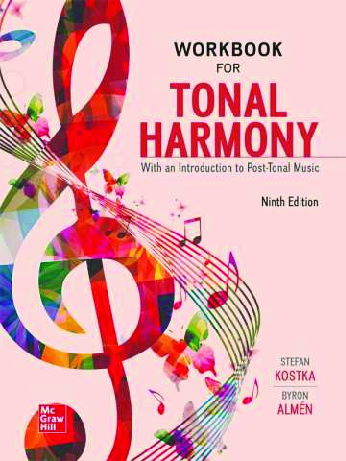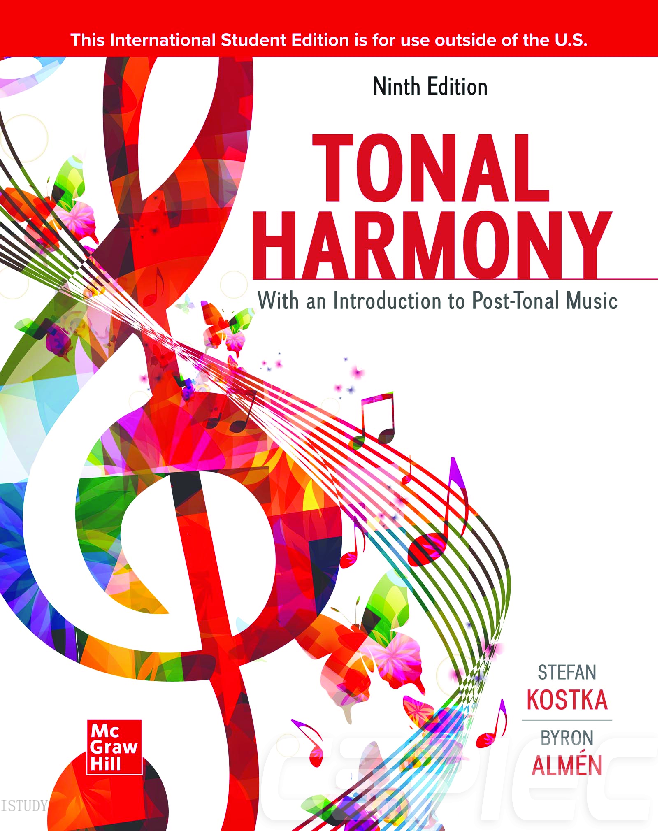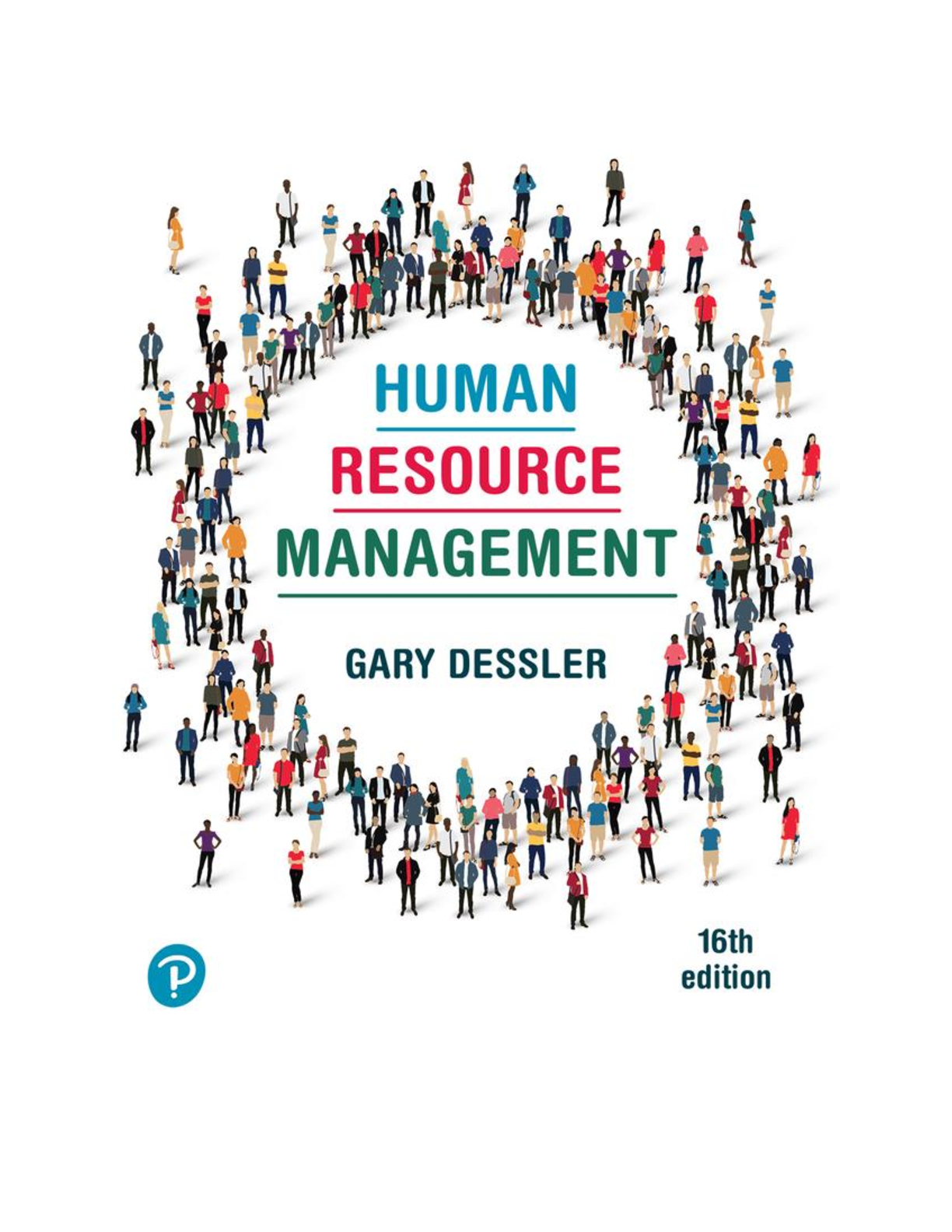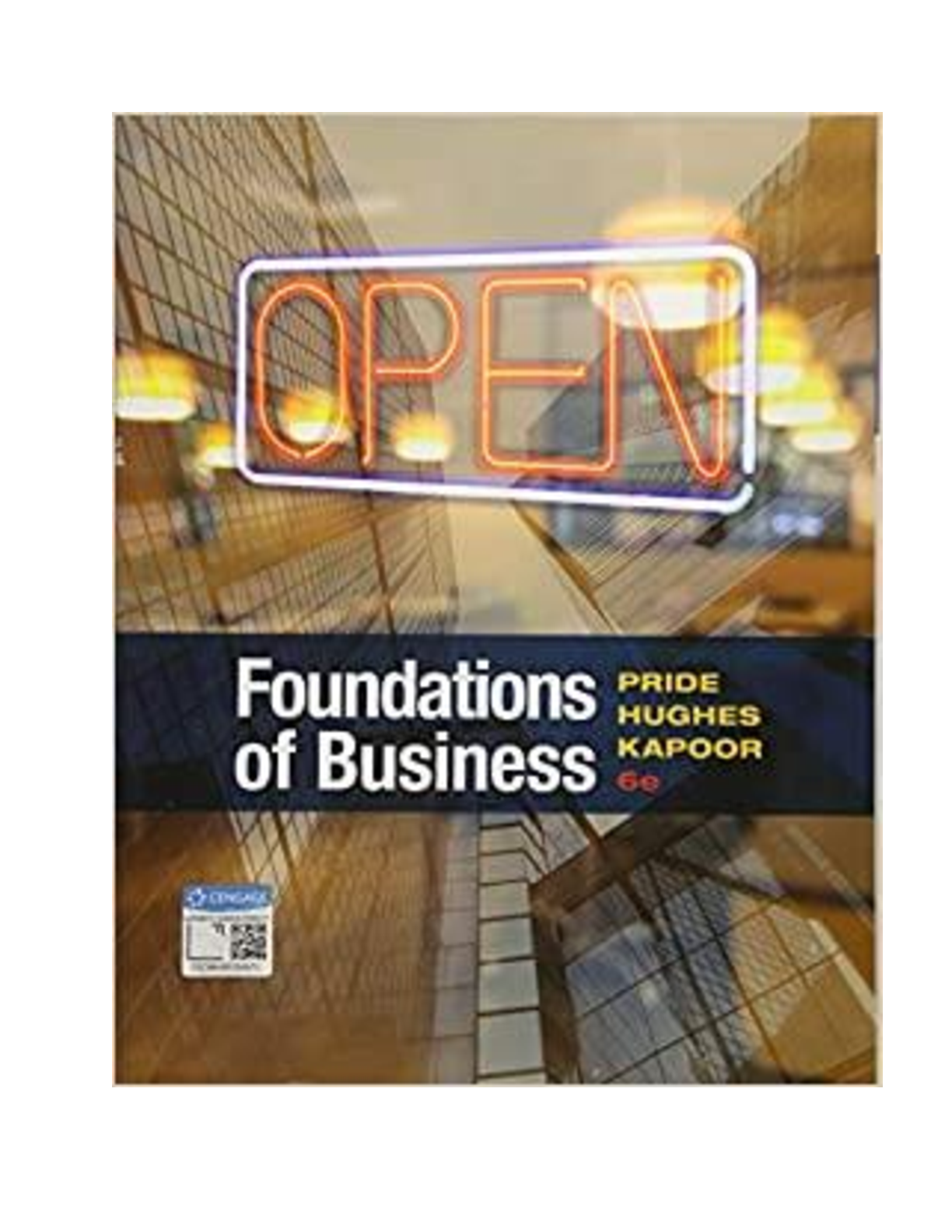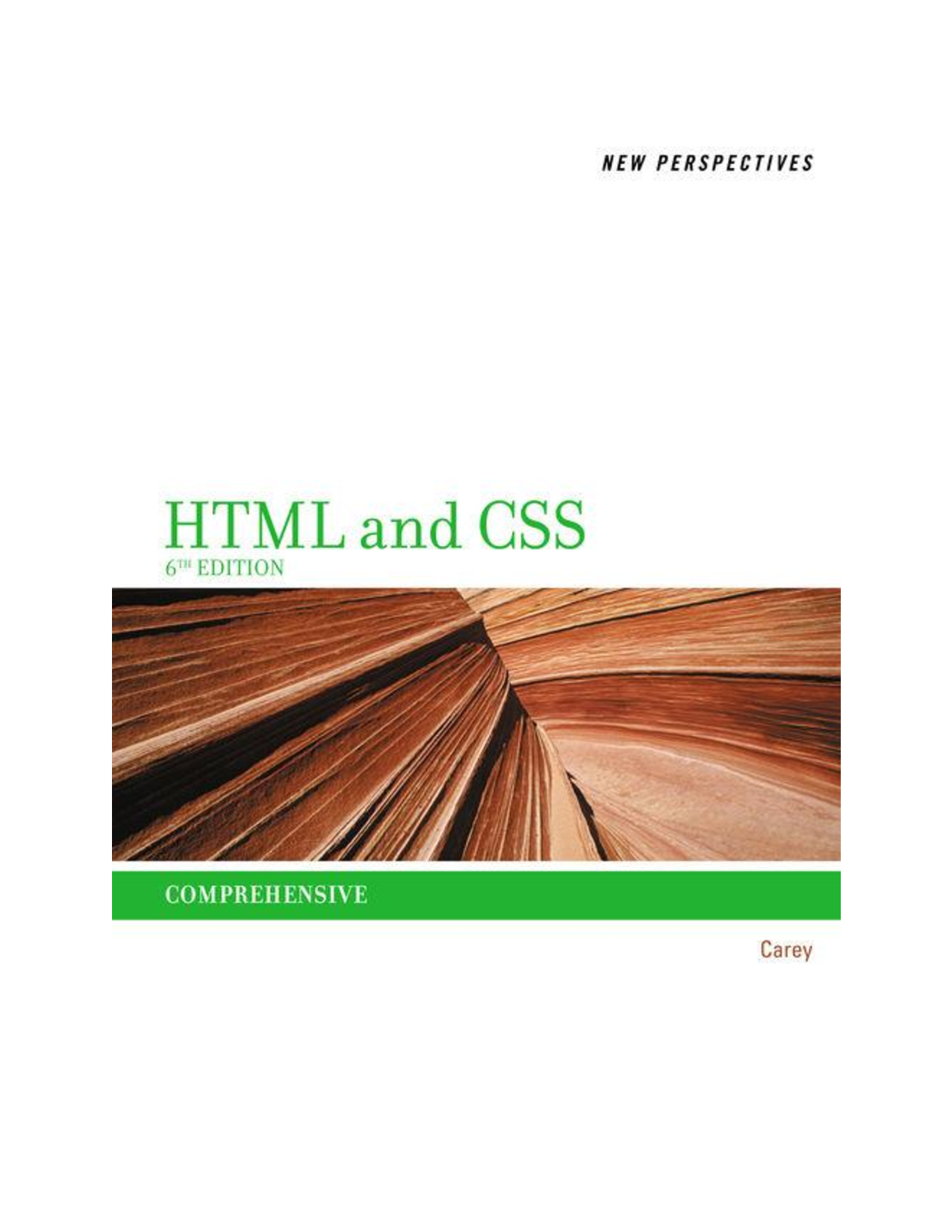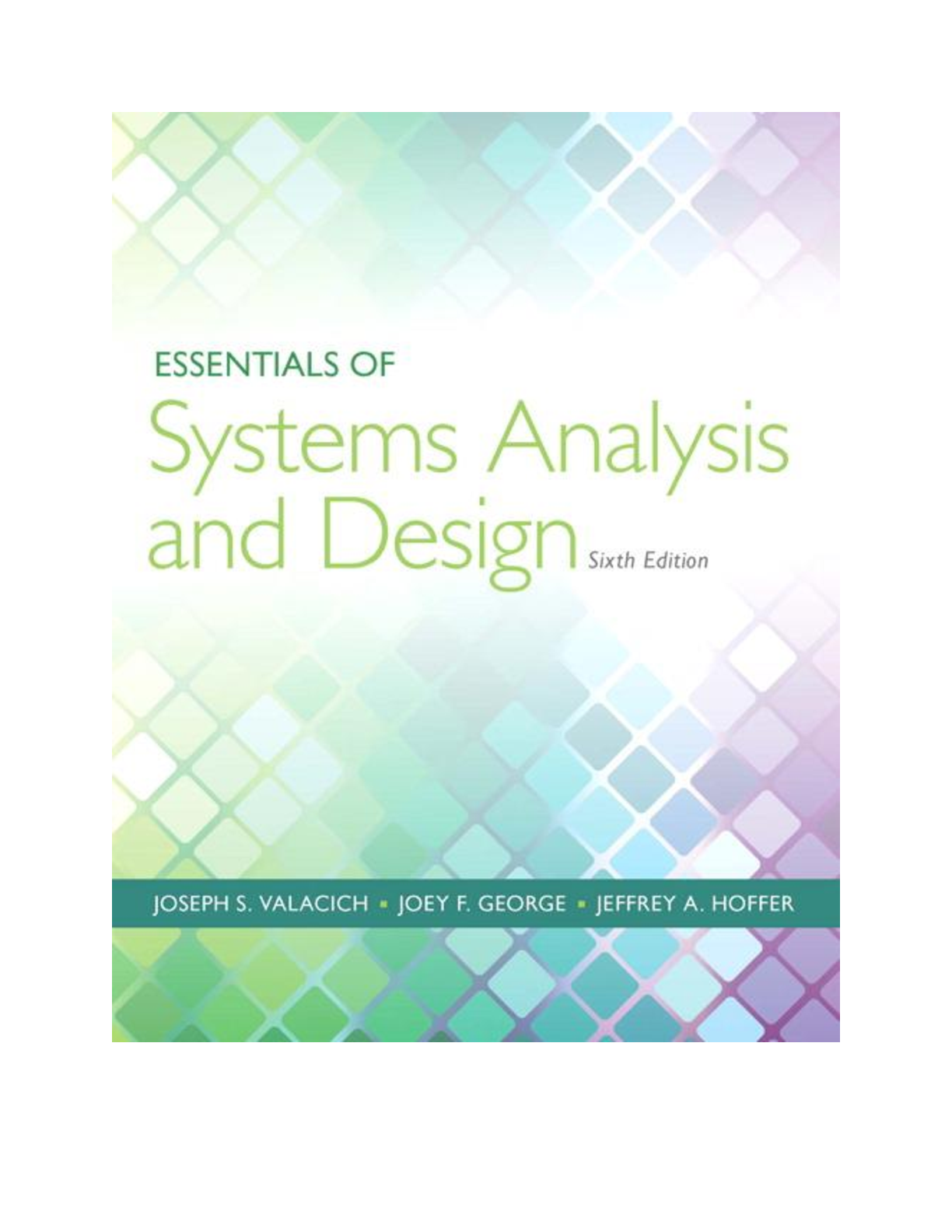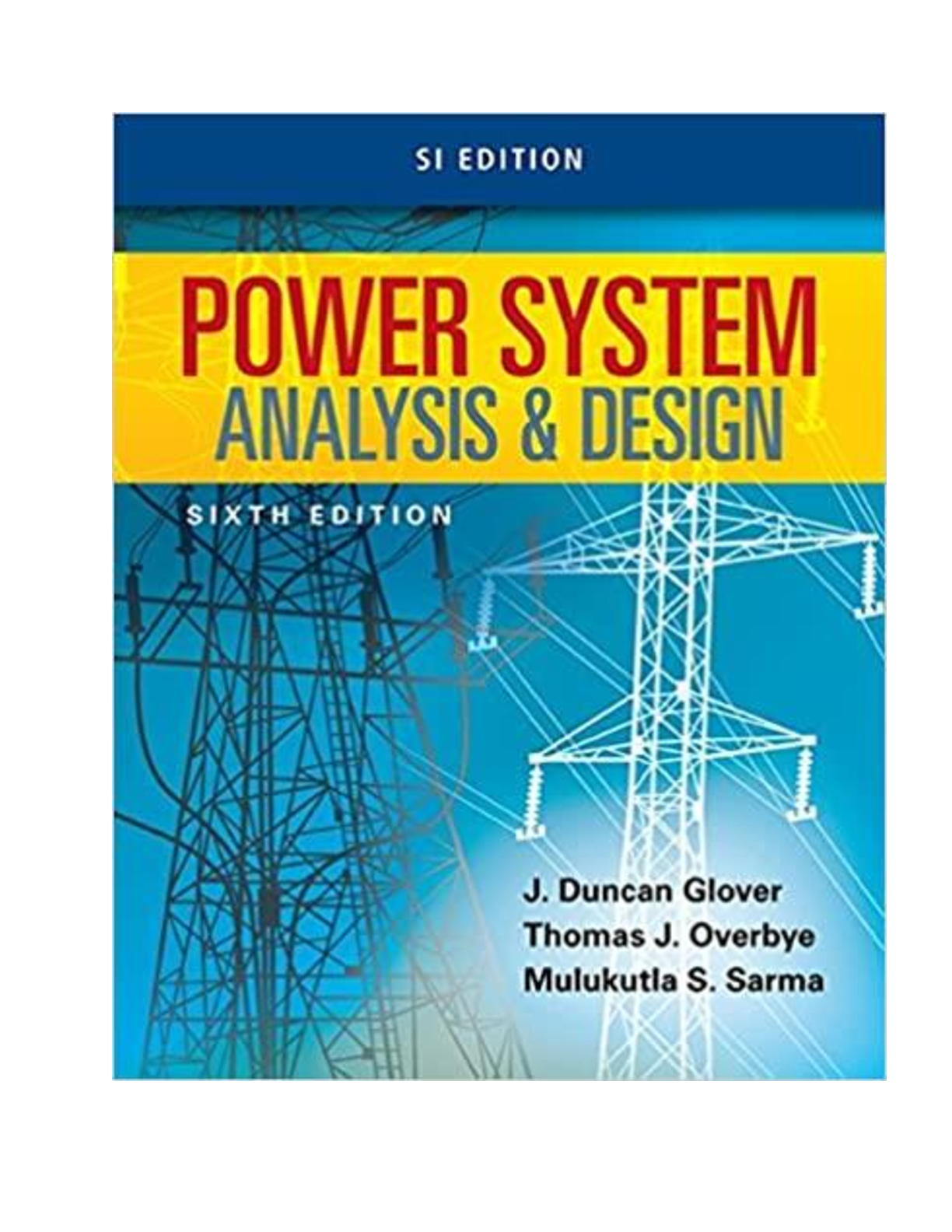Biology > eBook-PDF > eBook for Laboratory Manual for Non-Majors Biology, 6th Edition By James W. Perry, David Morton, Jo (All)
eBook for Laboratory Manual for Non-Majors Biology, 6th Edition By James W. Perry, David Morton, Joy B. Perry
Document Content and Description Below
eBook for Laboratory Manual for Non-Majors Biology, 6th Edition By James W. Perry, David Morton, Joy B. Perry Get all 46 Chapters eBook PDF. Table of Contents Exercise 1: The Scientific Meth... od Exercise 1: Objectives Exercise 1: Introduction 1.1: Modern Scientific Method (About 70 min.) 1.2: Research Article 1.3: Bioassay (Portions of two days) Exercise 1: Pre-Lab Questions Exercise 1: The Scientific Method: Post-Lab Questions Exercise 2: Measurement Exercise 2: Objectives Exercise 2: Introduction 2.1: Metric System (About 60 min.) 2.2: Micromeasurement (About 30 min.) Exercise 2: Pre-Lab Questions Exercise 2: Measurement: Post-Lab Questions Exercise 3: Microscopy Exercise 3: Objectives Exercise 3: Introduction 3.1: Compound Light Microscope (About 80 min.) 3.2: How to Make a Wet Mount (About 10 min.) 3.3: Microscopic Observations (About 20 min.) 3.4: Dissecting Microscope (About 10 min.) 3.5: Other Microscopes (About 10 min.) Exercise 3: Pre-Lab Questions Exercise 3: Microscopy: Post-Lab Questions Exercise 4: Homeostasis Exercise 4: Objectives Exercise 4: Introduction 4.1: Homeostatic Mechanisms (About 20 min.) 4.2: Regulation of pH (About 35 min.) 4.3: Simulation of Homeostatic Mechanisms Regulating Body Fluid Volume (About 35 min.) 4.4: Blood Pressure (About 35 min.) 4.5: Negative Feedback, Positive Feedback, and Feedforward (About 10 min.) Exercise 4: Pre-Lab Questions Exercise 4: Homeostasis: Post-Lab Questions Exercise 5: Macromolecules and You: Food and Diet Analysis Exercise 5: Objectives Exercise 5: Introduction 5.1: Identification of Large Biological Molecules 5.2: Food Guides and Diet Analysis Exercise 5: Pre-Lab Questions Exercise 5: Macromolecules and You: Food and Diet Analysis: Post-Lab Questions Exercise 6: Structure and Function of Living Cells Exercise 6: Objectives Exercise 6: Introduction 6.1: Prokaryotic Cells (About 20 min.) 6.2: Eukaryotic Cells (About 75 min.) Exercise 6: Pre-Lab Questions Exercise 6: Structure and Function of Living Cells: Post-Lab Questions Exercise 7: Diffusion, Osmosis, and the Functional Significance of Biological Membranes Exercise 7: Objectives Exercise 7: Introduction 7.1: Experiment: Effect of Solute Concentration on Osmosis (About 20 min. for setup) 7.2: Experiment: Effect of Solute Size on Diffusion and Selective Permeability of Membranes (About 1 7.3: Osmosis and Red Blood Cells 7.4: Plasmolysis in Plant Cells (About 15 min.) 7.5: When Osmosis Malfunctions: Understanding the Disease, Cholera Exercise 7: Pre-Lab Questions Exercise 7: Diffusion, Osmosis, and the Functional Significance of Biological Membranes: Post-Lab Qu Exercise 8: Enzymes: Catalysts of Life Exercise 8: Objectives Exercise 8: Introduction 8.1: Measuring Catalase Activity (About 30 min.) 8.2: Effects of Substrate Concentration, pH, and Temperature on Catalase Activity (About 30 min.) Exercise 8: Pre-Lab Questions Exercise 8: Enzymes: Catalysts of Life: Post-Lab Questions Exercise 9: Photosynthesis: Capture of Light Energy Exercise 9: Objectives Exercise 9: Introduction 9.1: Uptake of Carbon Dioxide during Photosynthesis (About 15 min. to set up) 9.2: Release of Oxygen: Floating Leaf Disk Assay for Quantitative Investigation of Photosynthesis (A 9.3: Separation of Photosynthetic Pigments by Thin Layer Chromatography (25 min.) 9.4: Structure of the Chloroplast (15 min.) Exercise 9: Pre-Lab Questions Exercise 9: Photosynthesis: Capture of Light Energy: Post-Lab Questions Exercise 10: Respiration: Energy Conversion Exercise 10: Objectives Exercise 10: Introduction 10.1: Aerobic Respiration 10.2: Experiment: Alcoholic Fermentation and Ethanol Production (About 20 min. to set up, 1½ hr to 10.3: Ultrastructure of the Mitochondrion Exercise 10: Pre-Lab Questions Exercise 10: Respiration: Energy Conversion: Post-Lab Questions Exercise 11: Mitosis and Cytokinesis: Nuclear and Cytoplasmic Division Exercise 11: Objectives Exercise 11: Introduction 11.1: Chromosomal Structure (About 25 min.) 11.2: The Cell Cycle in Plant Cells: Broad Bean Root Tip Squash (About 45 min.) 11.3: The Cell Cycle in Animal Cells: Whitefish Blastula (About 20 min.) 11.4: Simulating Mitosis: (About 20 min.) Exercise 11: Pre-Lab Questions Exercise 11: Mitosis and Cytokinesis: Nuclear and Cytoplasmic Division: Post-Lab Questions Exercise 12: Meiosis: Basis of Sexual Reproduction Exercise 12: Objectives Exercise 12: Introduction 12.1: Demonstrations of Meiosis Using Pop Beads (About 60 min.) Exercise 12: Pre-Lab Questions Exercise 12: Meiosis: Basis of Sexual Reproduction: Post-Lab Questions Exercise 13: Heredity Exercise 13: Objectives Exercise 13: Introduction 13.1: Monohybrid Crosses 13.2: Dihybrid Inheritance 13.3: Some Readily Observable Human Traits (About 15 min.) Exercise 13: Pre-Lab Questions Exercise 13: Heredity: Post-Lab Questions Exercise 14: Nucleic Acids: Blueprints for Life Exercise 14: Objectives Exercise 14: Introduction 14.1: Isolation and Identification of Nucleic Acids (About 30 min.) 14.2: Modeling the Structure and Function of Nucleic Acids and Their Products (About 90 min.) Exercise 14: Pre-Lab Questions Exercise 14: Nucleic Acids: Blueprints for Life: Post-Lab Questions Exercise 15: Genetic Engineering: Bacterial Transformation Exercise 15: Objectives Exercise 15: Introduction 15.1: Experiment: Bacterial Transformation (2 hours over parts of 2–3 days) 15.2: Bacterial Transformation on the Internet (30 min. or more) Exercise 15: Pre-Lab Questions Exercise 15: Genetic Engineering: Bacterial Transformation: Post-Lab Questions Exercise 16: Evolutionary Agents Exercise 16: Objectives Exercise 16: Introduction 16.1: Natural Selection (75 min.) 16.2: Mutation (About 15 min.) 16.3: Genetic Drift (About 30 min.) 16.4: Nonrandom Mating (About 15 min.) Exercise 16: Pre-Lab Questions Exercise 16: Evolutionary Agents: Post-Lab Questions Exercise 17: Evidences of Evolution Exercise 17: Objectives Exercise 17: Introduction 17.1: How Natural Selection Works (About 1 hour) 17.2: Geologic Time (About 30 min.) 17.3: The Fossil Record and Human Evolution (About 30 min.) Exercise 17: Pre-Lab Questions Exercise 17: Evidences of Evolution: Post-Lab Questions Exercise 18: Taxonomy: Classifying and Naming Organisms Exercise 18: Objectives Exercise 18: Introduction 18.1: Constructing a Dichotomous Key (About 45 min.) 18.2: Using a Taxonomic Key 18.3: What Species Is Your Christmas Tree? (About 20 min.) Exercise 18: Pre-Lab Questions Exercise 18: Taxonomy: Classifying and Naming Organisms: Post-Lab Questions Exercise 19: Bacteria and Protists I Exercise 19: Objectives Exercise 19: Introduction 19.1: Domain Bacteria, Kingdom Bacteria (About 40 min.) 19.2: Domain Eukarya, Kingdom Protista (About 2 hours) Exercise 19: Pre-Lab Questions Exercise 19: Bacteria and Protists I : Post-Lab Questions Exercise 20: Protists II Exercise 20: Objectives Exercise 20: Introduction 20.1: Phylum Rhodophyta: Red Algae (About 15 min.) 20.2: Phylum Chlorophyta: Green Algae (About 60 min.) 20.3: Phylum Charophyta: Desmids and Stoneworts 20.4: Phylum Amoebozoa: Slime Molds and Amoebas Exercise 20: Pre-Lab Questions Exercise 20: Protists II: Post-Lab Questions Exercise 21: Bryophytes—Liverworts and Mosses Exercise 21: Objectives Exercise 21: Introduction 21.1: Phylum Charophyta—Ancestors of True Plants (About 10 min.) 21.2: Phylum Hepatophyta: Liverworts (About 20 min.) 21.3: Experiment: Effect of Photoperiod (About 10 min. to set up; requires 6 weeks to complete) 21.4: Phylum Bryophyta: Mosses (About 60 min.) 21.5: Experiment: Effect of Light Quality on Moss Spore Germination and Growth (About 20 min. to set Exercise 21: Pre-Lab Questions Exercise 21: Bryophytes—Liverworts and Mosses: Post-Lab Questions Exercise 22: Seedless Vascular Plants: Club Mosses and Ferns Exercise 22: Objectives Exercise 22: Introduction 22.1: Phylum Lycophyta: Club Mosses (About 20 min.) 22.2: Phylum Moniliophyta, Subphylum Psilophyta: Whisk Ferns (About 15 min.) 22.3: Phylum Moniliophyta, Subphylum Sphenophyta: Horsetails (About 15 min.) 22.4: Phylum Moniliophyta, Subphylum Pterophyta: Ferns (About 60 min.) 22.5: Experiment: Fern Sperm Chemotaxis (About 60 min.) Exercise 22: Pre-Lab Questions Exercise 22: Seedless Vascular Plants: Club Mosses and Ferns: Post-Lab Questions Exercise 23: Seed Plants I: Gymnosperms Exercise 23: Objectives Exercise 23: Introduction 23.1: Phylum Coniferophyta: Conifers (About 90 min.) 23.2: Phylum Cycadophyta: Cycads (About 10 min.) 23.3: Phylum Ginkgophyta: Ginkgo (About 10 min.) 23.4: Phylum Gnetophyta: Gnetophytes (Vessel-Containing Gymnosperms) (About 10 min.) Exercise 23: Pre-Lab Questions Exercise 23: Seed Plants I: Gymnosperms: Post-Lab Questions Exercise 24: Seed Plants II: Angiosperms Exercise 24: Objectives Exercise 24: Introduction 24.1: External Structure of the Flower (About 20 min.) 24.2: The Life Cycle of a Flowering Plant 24.3: Experiment: An Investigative Study of the Life Cycle of Flowering Plants Exercise 24: Pre-Lab Questions Exercise 24: Seed Plants II: Angiosperms: Post-Lab Questions Exercise 25: Fungi Exercise 25: Objectives Exercise 25: Introduction 25.1: Phylum Chytridiomycota (About 5 min.) 25.2: Phylum Zygomycota: Zygosporangium-Forming Fungi (About 30 min.) 25.3: Experiment: Bread Mold and Food Preservatives (Setup: about 10 min.) 25.4: Phylum Ascomycota: Sac Fungi (About 30 min.) 25.5: Phylum Basidiomycota: Club Fungi (About 30 min.) 25.6: “Imperfect Fungi” (About 15 min.) 25.7: Mutualistic Fungi (About 20 min.) 25.8: Experiment: Environmental Factors and Fungal Growth (About 45 min. to set up) Exercise 25: Pre-Lab Questions Exercise 25: Fungi: Post-Lab Questions Exercise 26: Sponges and Cnidarians Exercise 26: Objectives Exercise 26: Introduction 26.1: Sponges (Phylum Porifera) (45 min.) 26.2: Cnidarians (Phylum Cnidaria) (45 min.) Exercise 26: Pre-Lab Questions Exercise 26: Sponges and Cnidarians: Post-Lab Questions Exercise 27: Flatworms and Rotifers Exercise 27: Objectives Exercise 27: Introduction 27.1: Flatworms (Phylum Platyhelminthes) (About 75 min.) 27.2: Rotifers (Phylum Rotifera) (About 15 min.) Exercise 27: Pre-Lab Questions Exercise 27: Flatworms and Rotifers: Post-Lab Questions Exercise 28: Segmented Worms and Mollusks Exercise 28: Objectives Exercise 28: Introduction 28.1: Annelids (Phylum Annelida) (40–60 min.) 28.2: Mollusks (Phylum Mollusca) (40–60 min.) Exercise 28: Pre-Lab Questions Exercise 28: Segmented Worms and Mollusks: Post-Lab Questions Exercise 29: Roundworms and Joint-Legged Animals Exercise 29: Objectives Exercise 29: Introduction 29.1: Roundworms (Phylum Nematoda) (About 50 min.) 29.2: Joint-Legged Animals (Phylum Arthropoda) (60 min.) Exercise 29: Pre-Lab Questions Exercise 29: Roundworms and Joint-Legged Animals: Post-Lab Questions Exercise 30: Echinoderms and Invertebrate Chordates Exercise 30: Objectives Exercise 30: Introduction 30.1: Echinoderms (Phylum Echinodermata) (60 min.) 30.2: Chordates (Phylum Chordata) (50 min.) Exercise 30: Pre-Lab Questions Exercise 30: Echinoderms and Invertebrate Chordates: Post-Lab Questions Exercise 31: Vertebrates Exercise 31: Objectives Exercise 31: Introduction 31.1: Lampreys (Class Cephalaspidomorphi) (12 min.) 31.2: Cartilaginous Fishes (Class Chondrichthyes) (12 min.) 31.3: Bony Fishes (Class Osteichthyes) (12 min.) 31.4: Amphibians (Class Amphibia) (30 min.) 31.5: Reptiles (Class Reptilia) (12 min.) 31.6: Birds (Class Aves) (12 min.) 31.7: Mammals (Class Mammalia) (12 min.) 31.8: Construction of a Dichotomous Key to the Animals (optional) (50 min.) Exercise 31: Pre-Lab Questions Exercise 31: Vertebrates: Post-Lab Questions Exercise 32: Plant Organization: Vegetative Organs of Flowering Plants Exercise 32: Objectives Exercise 32: Introduction 32.1: External Structure of the Flowering Plant (About 30 min.) 32.2: The Root System (About 30 min.) 32.3: The Shoot System: Stems (About 50 min.) 32.4: The Shoot System: Leaves (About 30 min.) Exercise 32: Pre-Lab Questions Exercise 32: Plant Organization: Vegetative Organs of Flowering Plants: Post-Lab Questions Exercise 33: Animal Organization Exercise 33: Objectives Exercise 33: Introduction 33.1: Tissues and Organs (50 min.) 33.2: Systems Exercise 33: Pre-Lab Questions Exercise 33: Animal Organization: Post-Lab Questions Exercise 34: Dissection of the Fetal Pig: Introduction, External Anatomy, and the Muscular System Exercise 34: Objectives Exercise 34: Introduction 34.1: External Anatomy of the Fetal Pig (50 min.) 34.2: Muscular System (About 90 min.) Exercise 34: Pre-Lab Questions Exercise 34: Dissection of the Fetal Pig: Introduction, External Anatomy, and the Muscular System: P Exercise 35: Dissection of the Fetal Pig: Digestive, Respiratory, and Circulatory Systems Exercise 35: Objectives Exercise 35: Introduction 35.1: Ventral Body Cavities (10 min.) 35.2: Digestive System (About 40 min.) 35.3: Respiratory System (10 min.) 35.4: Blood Vessels and the Surface Anatomy of the Heart (30 min.) 35.5: Internal Structure of the Heart (15 min.) Exercise 35: Pre-Lab Questions Exercise 35: Dissection of the Fetal Pig: Digestive, Respiratory, and Circulatory Systems: Post-Lab Exercise 36: Dissection of the Fetal Pig: Urogenital and Nervous Systems Exercise 36: Objectives Exercise 36: Introduction 36.1: Urogenital System (40 min.) 36.2: Kidney (About 20 min.) 36.3: Nervous System (40 min.) Exercise 36: Pre-Lab Questions Exercise 36: Dissection of the Fetal Pig: Urogenital and Nervous Systems: Post-Lab Questions Exercise 37: Human Sensations, Reflexes, and Reactions Exercise 37: Objectives Exercise 37: Introduction 37.1: Sensations 37.2: Reflexes 37.3: Reactions Exercise 37: Pre-Lab Questions Exercise 37: Human Sensations, Reflexes, and Reactions: Post-Lab Questions Exercise 38: Structure and Function of the Sensory Organs Exercise 38: Objectives Exercise 38: Introduction 38.1: The Eyes and Vision 38.2: The Ears and Hearing 38.3: Taste and Smell Exercise 38: Pre-Lab Questions Exercise 38: Structure and Function of the Sensory Organs: Post-Lab Questions Exercise 39: Human Skeletal and Muscular Systems Exercise 39: Objectives Exercise 39: Introduction 39.1: Adult Human Skeleton (About 45 min.) 39.2: Leverage and Movement (45 min.) 39.3: Walking (20 min.) Exercise 39: Pre-Lab Questions Exercise 39: Human Skeletal and Muscular Systems: Post-Lab Questions Exercise 40: Human Blood and Circulation Exercise 40: Objectives Exercise 40: Introduction 40.1: Blood (40 min. or more) 40.2: Blood Vessels (40 min. or more) 40.3: The Heart (30 min. or more) Exercise 40: Pre-Lab Questions Exercise 40: Human Blood and Circulation: Post-Lab Questions Exercise 41: Human Respiration Exercise 41: Objectives Exercise 41: Introduction 41.1: Breathing (50 min.) 41.2: Spirometry (30 min.) 41.3: Control of Respiration (20 min.) 41.4: Experiment: Physiology of Exercise (40 min.) Exercise 41: Pre-Lab Questions Exercise 41: Human Respiration: Post-Lab Questions Exercise 42: Animal Development Exercise 42: Objectives Exercise 42: Introduction 42.1: Gametes (25 min.) 42.2: Gametogenesis (20 min.) 42.3: Sperm Penetration and Fertilization in the Frog (10 min.) 42.4: Cleavage (30 min.) 42.5:Gastrulation (15 min.) Exercise 42: Pre-Lab Questions Exercise 42: Animal Development: Post-Lab Questions Exercise 43: The Natural Arsenal: An Experimental Study of the Relationships Between Plants and Anim Exercise 43: Objectives Exercise 43: Introduction 43.1: Experimental Design 43.2: Bioassay Procedures 43.3: Analysis of Results Exercise 43: Pre-Lab Questions Exercise 43: The Natural Arsenal: An Experimental Study of the Relationships Between Plants and Anim Exercise 44: Ecology: Living Organisms in Their Environment Exercise 44: Objectives Exercise 44: Introduction 44.1: Food Webs (About 25 min.) 44.2: Flow of Energy Through an Ecosystem (About 15 min.) 44.3: Survivorship 44.4: Plotting Survivorship Curves (About 20 min.) 44.5: Interpreting the Survivorship Curves (About 15 min.) Exercise 44: Pre-Lab Questions Exercise 44: Ecology: Living Organisms in Their Environment: Post-Lab Questions Exercise 45: Human Impact on the Environment Exercise 45: Objectives Exercise 45: Introduction 45.1: Impact of Land Use Changes 45.2: Evaluation of Water Quality of a Stream Exercise 45: Pre-Lab Questions Exercise 45: Human Impact on the Environment: Post-Lab Questions Exercise 46: Animal Behavior Exercise 46: Objectives Exercise 46: Introduction 46.1: Instinctive Behavior (40 min.) 46.2: Frog Behavior (30 min.) 46.3: Tropical Fish Behavior (30 min. or more) 46.4: Phototaxis Experiment: (60 min.) Exercise 46: Pre-Lab Questions Exercise 46: Animal Behavior: Post-Lab Questions Appendix 1: Measurement Conversions Appendix 2: Genetics Problems Appendix 3: Terms of Orientation in and Around the Animal Body Illustration References [Show More]
Last updated: 2 years ago
Preview 1 out of 743 pages

Buy this document to get the full access instantly
Instant Download Access after purchase
Buy NowInstant download
We Accept:

Reviews( 0 )
$15.00
Can't find what you want? Try our AI powered Search
Document information
Connected school, study & course
About the document
Uploaded On
Oct 08, 2021
Number of pages
743
Written in
Additional information
This document has been written for:
Uploaded
Oct 08, 2021
Downloads
0
Views
198

